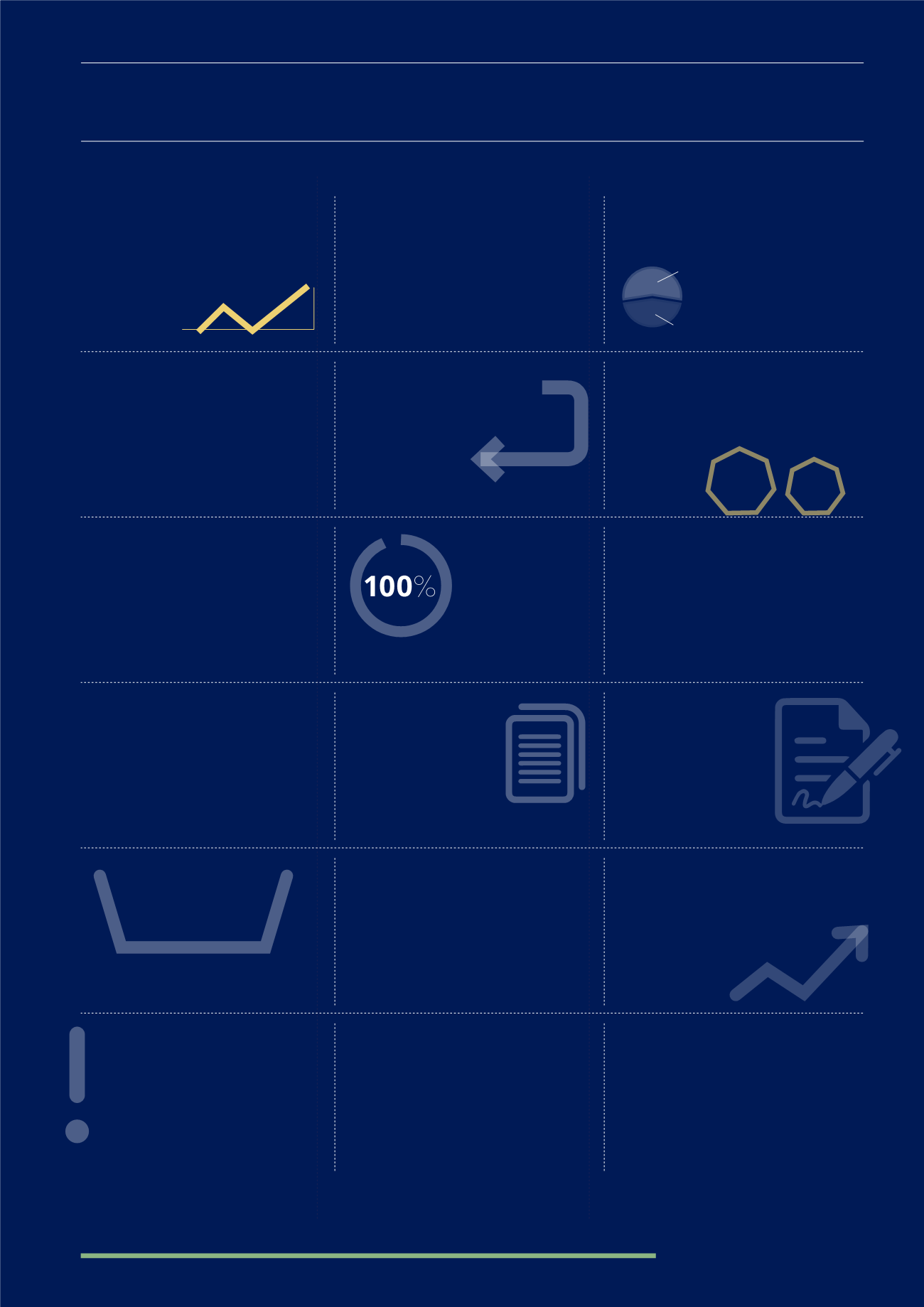
7
KEY FINDINGS
Rising
asset prices
and
a frozen
nil rate band
mean up to
5,000
more estates will be
liable for IHT by 2018
(OBR)
BPR
is a
retrospective
relief
-
it is assessed by
HMRC
on a case-by-case
basis upon application
of the products
we reviewed are
structured as
discretionary
managed
portfolios
-
The
remaining quarter is split between
UCIS, single companies and
personal trading companies
BPR
is one of the few
IHT
mitigation options
if the
client is in poor health and does
not expect to live the 7 years
required for other IHT solutions
to become 100% effective
Investment products
designed to utilise
the relief have
been around since
1995
.
There are
37
products currently
open for new investment
The majority of
products target
returns in the region
of
3
-
4
%
per
annum
BPR products
do not require
any medical
underwriting or
complex legal
structures
Of the
52 BPR products
that
have been launched since 1995,
the investment split is
BPR
is one of the few
IHT mitigation options
available if a
Power of
Attorney
is in place
The average initial
charge
is
2.5
%
, and the annual
management charge is
1.5
%
The minority of advisers
we surveyed who do not
expect to write more
business and are
concerned
about the regulatory
risk
and risk that HMRC will clamp
down on the use of this relief
A minority of advisers and
providers are concerned
about
rumours
that
the
nil rate band
may
rise and impact on the BPR
industry
A majority of
providers
and advisers
thought
that BPR products were
suitable for
BOTH
HNW
and Ordinary Retail
Investors
Most
advisers
are expecting
to
invest more
into
BPR products over the next
five years, as more clients
now expect to have IHT
liabilities
Advisers
considered that the
allocation to BPR qualifying
investments was dependent
upon
each individual
client’s situation
- there
was not a one-size-fits-all
appropriate allocation
biggest
drivers for
advisers
speed
access
potential for
further
growth
simplicity
The product
providers claim
success
achieving
BPR to date
2.5
%
1.5
%
3
/
4
Investment risk
Low liquidity
Costs
Lack of transparency
advisers biggest
concerns
55
%
unlisted
companies &
partnerships
45
%
AIM listed companies


